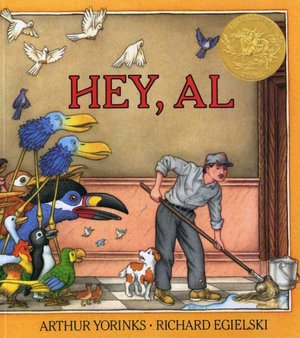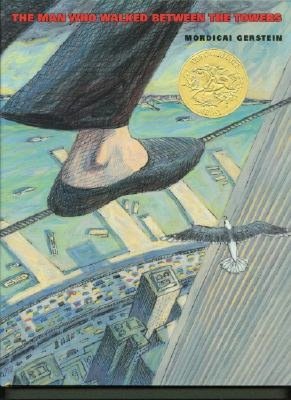 |
| Soto, G. (1997). Chato's Kitchen. New York, NY: The Putnam & Grossett Group. |
The Pura Belpre award winner, Chato’s Kitchen, takes place in a Latino neighborhood with Chato (a cat) inviting his new neighbors, a family of mice, to dinner. The mice suspect there is trick to the invitation and invites their friend, a dog to go with them. Chato decides they can all eat together. The setting and the events of the story are very typical of Latino culture.
My Impression:
This story is well written and students will love reading it multiple times. Children are exposed to Spanish language and ways of the Latino culture.
Review:
Chato's Kitchen
Horn Book Magazine
K-2 - Illustrated by Susan Guevara. Chato, a "low-riding cat with six stripes," spends an afternoon in the kitchen along with his best friend, Novio Boy, a cat with "the loveliest growl in the barrio." They prepare a mouthwatering array of dishes, including fajitas, enchiladas, and chiles rellenos, but the heartlest dish is yet to come, for Chato has thoughtfully invited his new neighbors - a "tasty" family of mice. When the rodents arrive and announce that they've brought Chorizo, the cats think that the guests have come with even more treats: "Sausage! Chato and Novio Boy . . . gave each other a 'low four.'" However, the cats are in for a surprise. Chorizo, it turns out, is an old family friend from the old neighborhood, and he's neither sausage nor mouse. He's a dog -"a low, road-scraping dog." Chato resigns himself to a mouseless meal, comforted that dinner will still be pretty good because, "after all, it came from Chato's kitchen." Humorous details abound in Guevara's richly colored artwork, which portrays the characters with affection and authenticity. The illustrations convey the cats' cool and confident attitude - Chato has a gold hoop in one ear and wears his baseball cap backward, while Novio Boy, bandanna round his head, has a flashy cross dangling from his cat collar; both cats sport pencil-thin mustaches. Soto's fresh and satisfying fare is distinctively seasoned with the sights and sounds of East Los Angeles; the sprinkling of Spanish words and phrases adds the perfect flavor. A glossary - including the items on Chato's menu - precedes the story.
Suggested Library Use:
Teaching students about welcoming new neighbors could be discussed after reading this book. Also, incorporating a look at the Latino foods and culture could also extend this story.
Brabander, J. (1995). Chato's Kitchen. Horn Book Magazine, 71(5), 591-592.



